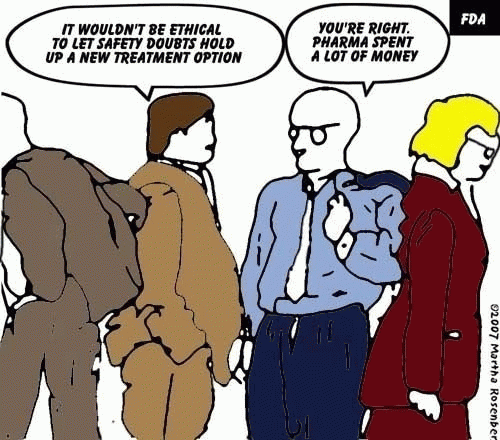Evanston, Illinois
Many are baffled why the suicide rate in the United States is rising despite antidepressant use being at an all time high. Suicide has risen to 38,000 a year, says USA Today, after falling in the 1990s despite almost a quarter of the population in some age groups taking antidepressants and use of some psychiatric drugs growing by 700% in the military. Shouldn't suicides being going down?
Press reports about suicide usually ignore the black box warning on antidepressants that says "WARNING: SUICIDAL THOUGHTS AND BEHAVIORS," "Increased risk of suicidal thinking and behavior in children, adolescents, and young adults taking antidepressants," and "Monitor for worsening and emergence of suicidal thoughts and behaviors ." Oh, that.
Use of suicide-linked drugs in military personnel (who, of course, are young adults) is rampant and 36 percent of the troops who killed themselves had never even deployed concedes a 2010 Army report called Health Promotion, Risk Reduction and Suicide Prevention. That means it was not the stress of combat or deployment that caused their suicides.
Since drug safety activists and families touched by suicide succeeded in getting black box warnings on antidepressants over eight years ago, the drug industry has sought to blame rising suicides on the warnings t hemselves because they are a "barrier" to treatment. What? The claim is as nonsensical as blaming obesity on lack of diet drugs and one drug consultant actually had to retract his assertions in the New York Times.
This month, in the New York Times the charge is repeated. Richard A. Friedman, a professor of clinical psychiatry at Weill Cornell Medical writes of the black box suicide warning on antidepressants, "There is a very reasonable possibility that it has discouraged patients from taking antidepressants and physicians from prescribing these medications, the government should rescind the black-box warning on antidepressants altogether."
The use of antidepressants "fell significantly after the Food and Drug Administration issued its so-called black-box warning in 2004" laments Friedman--just because the FDA found that "antidepressants were associated with a risk of increased suicidal feeling, thinking and behavior in adolescents!" One study, says Friedman, sounding like many of the Pharma-paid doctors, "found that antidepressant use plunged 31 percent among adolescents and 24 percent among young adults within two years after the F.D.A. advisory was issued." Friedman says he is afraid the warnings scare people off--as if there is any other point to a warning.
While many know the National Alliance on Mental Illness or NAMI gets the majority of its donations from drug makers (according to Congressional investigators) many "suicide prevention" groups are also drug-funded. The American Foundation for Suicide Prevention received $100,000 from Eli Lilly in 2011 and $50,000 in 2012 and was led for a time by psychiatrist Charles Nemeroff who left Emory University after Congress found he failed to disclose at least $1.2 million in drug industry income. Another group is Active Minds, located on at least 100 campuses and funded by Eli Lilly, NAMI and AstraZeneca among other donors. This month, in a feature about campus suicides, the New York Times magazine refers to Active Minds as an "advocacy group."
(Note: You can view every article as one long page if you sign up as an Advocate Member, or higher).






